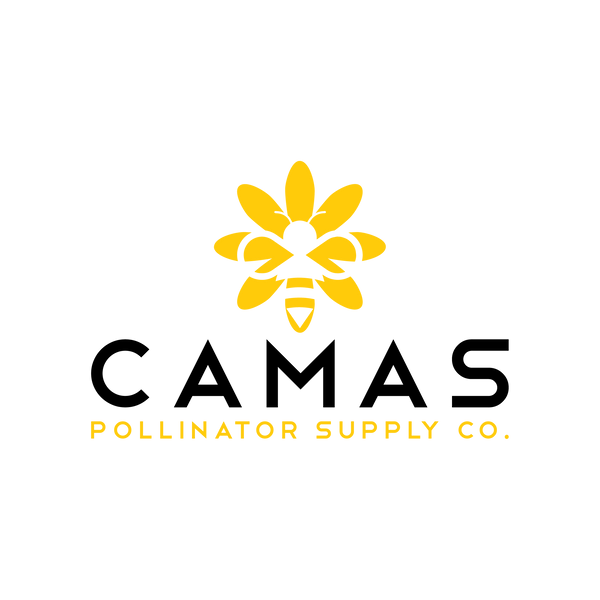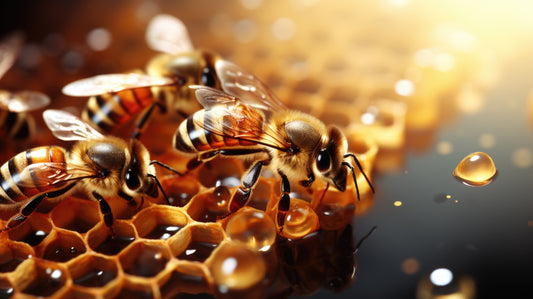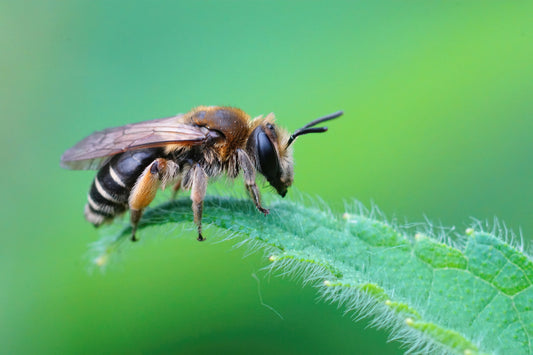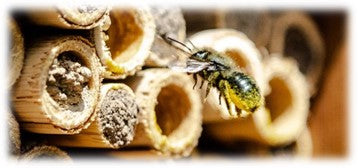
Transform your backyard into a vibrant ecosystem that supports local wildlife while creating a stunning, low-maintenance landscape. Research shows native plants support 3-15 times more wildlife than non-native species, with urban native gardens increasing local butterfly populations by up to 40%.
Understanding Native Plants
Native plants are nature's time-tested survivors, evolving in specific regions over thousands of years. These botanical champions have developed intricate relationships with local wildlife, soil microorganisms, and climate conditions, making them uniquely adapted to thrive in their home regions while providing essential ecosystem services.
The Native Garden Advantage
Native gardens offer compelling benefits that make them superior to traditional landscapes:
-
60-70% reduction in water consumption
- Elimination of chemical fertilizer needs
- Minimal maintenance requirements
-
Enhanced soil stability through deep root systems
-
Natural pest resistance without pesticides
Essential Native Plants for Pollinators
Top 10 Native Plants for Maximum Pollinator Appeal

- Milkweed (Asclepias spp.) is essential for monarch butterflies, as it's the only plant where monarchs lay their eggs. Without milkweed, monarch caterpillars cannot survive.
- Purple Coneflower (Echinacea purpurea) attracts both bees and butterflies with its nectar-rich flowers and is mentioned in pollinator plant guides.
- Goldenrod (Solidago spp.) provides critical late-season nectar when other flowers have stopped blooming, supporting fall pollinators.
- Black-Eyed Susan (Rudbeckia hirta) supports diverse pollinators, including many bee species.
- Wild Bergamot (Monarda fistulosa) attracts hummingbirds with its tubular flowers while also supporting bees.
- Joe-Pye Weed (Eutrochium spp.) is attractive to butterflies and also provides pithy stems where some bee species like Ceratina spp. can nest.
- Asters (Symphyotrichum spp.) provide essential fall blooms when pollinators need late-season nectar sources.
- Sunflowers (Helianthus spp.) support specialist bee species like Svastra and Melissodes (sunflower bees), as well as providing seeds for birds.
- Blazing Star (Liatris spp.) with its tall purple flower spikes is particularly attractive to butterflies.
- Penstemon (Penstemon spp.) with its tubular flowers is well-suited for long-tongued bees that can reach the nectar.
This combination provides season-long support for different pollinator species, making it an excellent foundation for a pollinator garden.
Comprehensive Seasonal Care Guide
Spring (March-May)
Early Spring (March)
-
Remove winter debris carefully, leaving some for nesting birds
- Conduct soil tests as ground thaws
-
Start seeds indoors for summer blooming species
Mid-Spring (April)
-
Begin planting when soil temperatures reach 50°F
-
Apply light layer of compost around existing plants
-
Monitor for early-season pests
Late Spring (May)
-
Install new plants before summer heat
-
Establish irrigation systems
-
Begin regular weeding schedule
Summer (June-August)
Early Summer (June)
- Monitor new plantings for water needs
- Document pollinator activity
-
Begin deadheading spent blooms
Mid-Summer (July)
-
Maintain a deep watering schedule
-
Harvest seeds from early bloomers
-
Monitor for pest issues
Late Summer (August)
-
Continue deadheading selective species
-
Begin collecting seeds
-
Plan fall plantings
Fall (September-November)
Early Fall (September)
-
Plant trees, shrubs, and spring bulbs
-
Reduce watering as temperatures cool
-
Leave seed heads for winter birds
Mid-Fall (October)
-
Continue planting until ground freezes
-
Collect and store seeds
-
Add light layer of mulch around plants
Late Fall (November)
-
Leave plant structure for winter interest
-
Protect sensitive species
-
Clean and store garden tools
Winter (December-February)
Winter Maintenance
-
Monitor winter wildlife activity
-
Plan next season's additions
-
Maintain plant structure for wildlife habitat
-
Order seeds and plants for spring
Advanced Garden Design
Layer Your Garden
-
Ground cover layer (0-1 foot)
-
Seasonal display layer (1-3 feet)
-
Structural layer (3+ feet)
Create Continuous Bloom
Plan for year-round flowering by:
-
Including early spring bloomers
-
Maintaining summer diversity
-
Adding late-season nectar sources
Conclusion

Creating a native plant garden is a powerful way to support local ecosystems while enjoying a beautiful, low-maintenance landscape. By following these scientific principles and incorporating proven native species, you'll create a thriving habitat that supports biodiversity for generations to come.
Remember: Every native plant added to your garden strengthens the local ecosystem and contributes to global conservation efforts.
Start your native garden journey today and become part of the solution for a more sustainable future.




